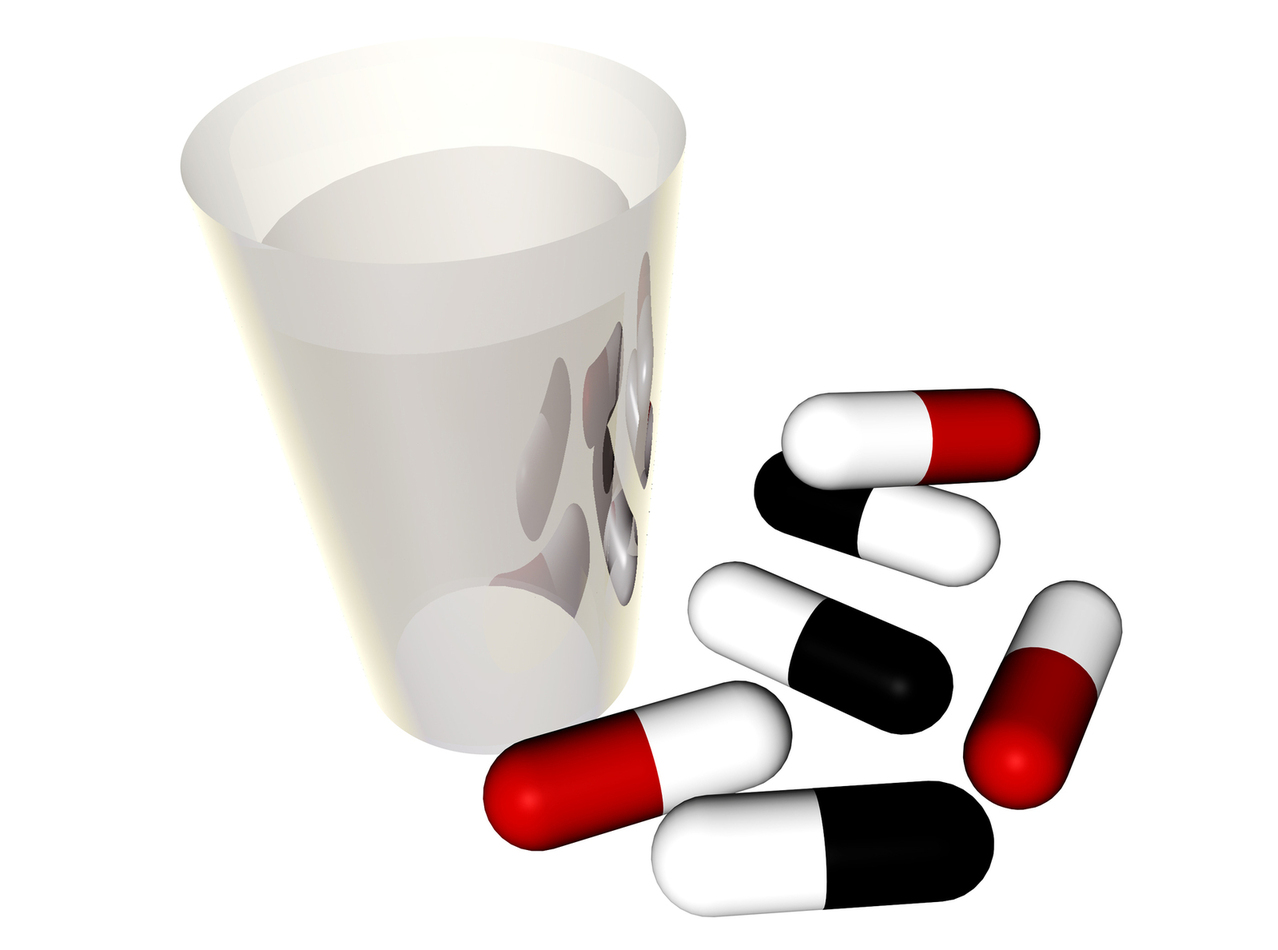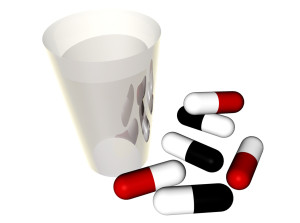
SICKLE CELL AND ABDOMINAL PAINS
Abdominal pain is a relatively frequent occurrence in sickle cell disease. The aetiology of abdominal pain in sickle cell disease is often difficult to diagnose clinically.
The immune system of a person with sickled cells dramatically weakens. People with sickle cells are highly susceptible to infections from certain forms of bacteria. Some of the most common infections are from flu viruses, pneumonia, and salmonella (a type of bacteria). Infections: People with sickle cell disease have weakened immune systems and are at increased risk for developing infection, especially in the lungs, kidneys, bones, and central nervous system.
Attacks of acute abdominal pain with fever, muscle spasm and leukocytosis occur not infrequently with sickle cell anemia.
These crises are characterised by severe abdominal pain with the signs of an acute abdomen; they are probably due to sequestration of sickled cells in the circulation of the gut.
Abdominal pain is quite common in sickle cell disease but, its exact etiology is not known. It is usually secondary to vaso-occlusion and may be a sole complaint or associated with generalized pain crisis in other parts of the body. When it is a solitary complaint, it mimics a wide range of abdominal surgical emergencies which may trap the clinician to offer surgical intervension with its attendant risks.
Four patterns of an acute sickle cell crisis are now recognizable. They are based on the part of the body where the crisis occurs.
- Bone crisis: An acute or sudden pain in a bone can occur, usually in an arm or leg. The area may be tender. Common bones involved include the large bones in the arm or leg: the humerus, tibia, and femur. The same bone may be affected repeatedly in future episodes of bone crisis.
- Acute chest syndrome: Sudden acute chest pain with coughing up of blood can occur. Low-grade fevers can be present. The person is usually short of breath. If a cough is present, it often is nonproductive. Acute chest syndrome is common in a young person with sickle cell disease. Chronic (long-term) sickle cell lung disease develops with time because the acute and subacute lung crisis leads to scarred lungs and other problems.
- Abdominal crisis: The pain associated with the abdominal crisis of sickle cell disease is constant and sudden. It becomes unrelenting. The pain may or may not be localized to any one area of the abdomen. Nausea, vomiting, and diarrhea may or may not occur.
- Joint crisis: Acute and painful joint crisis may develop without a significant traumatic history. Its focus is either in a single joint or in multiple joints. Often the connecting bony parts of the joint are painful. Range of motion is often restricted because of the pain. Avascular necrosis of the hips can occur, causing permanent damage.
Abdominal pain in sickle cell disease may present in different ways and it is important to recognize that the possible diagnoses are numerous. Not all cases are due to vasoocclusive crises. Early diagnosis and prompt treatment can be life saving.
http://www.emedicinehealth.com
http://www.saudijgastro.com
http://www.gpnotebook.co.uk
https://www.ncbi.nlm.nih.gov







